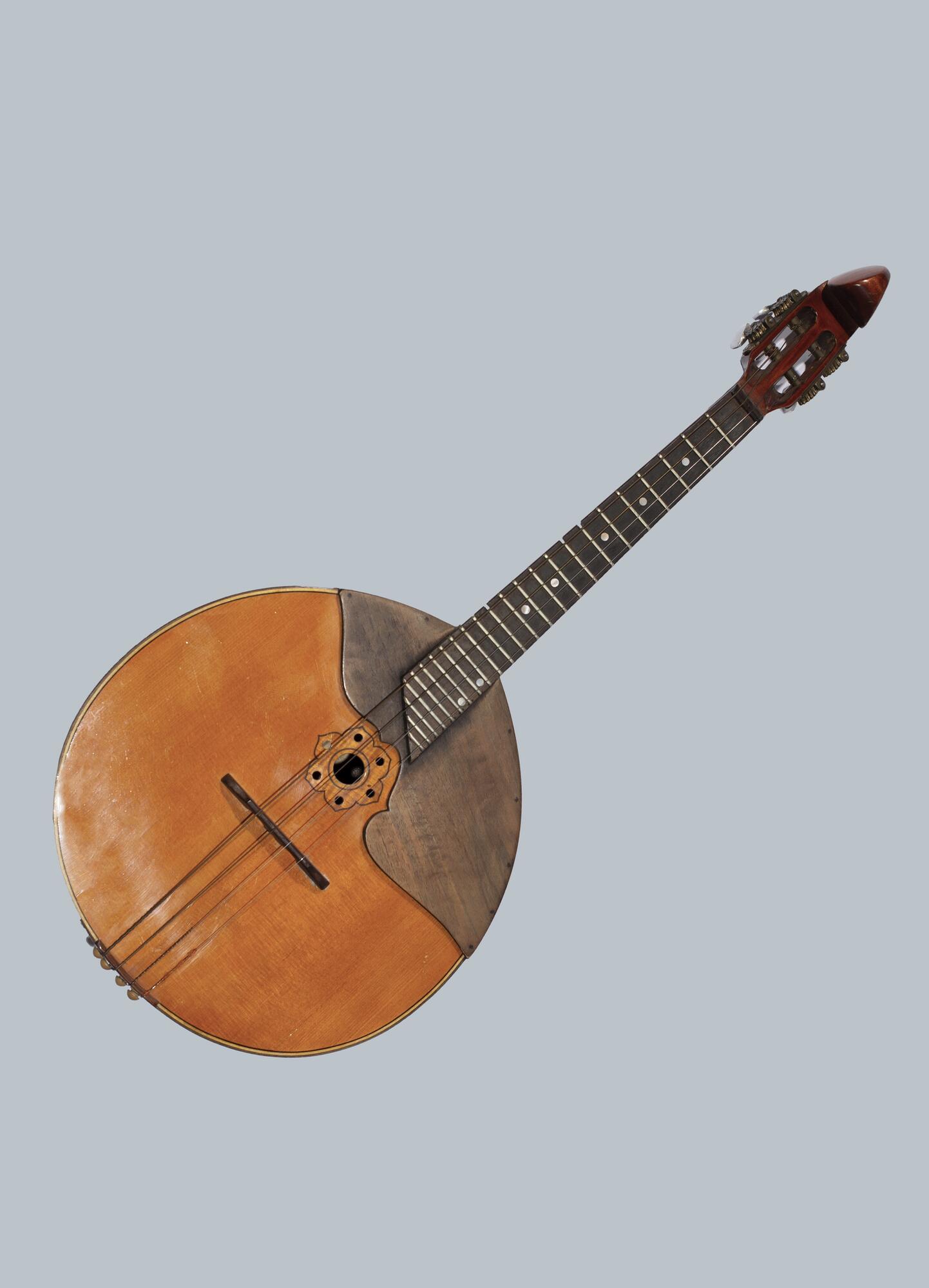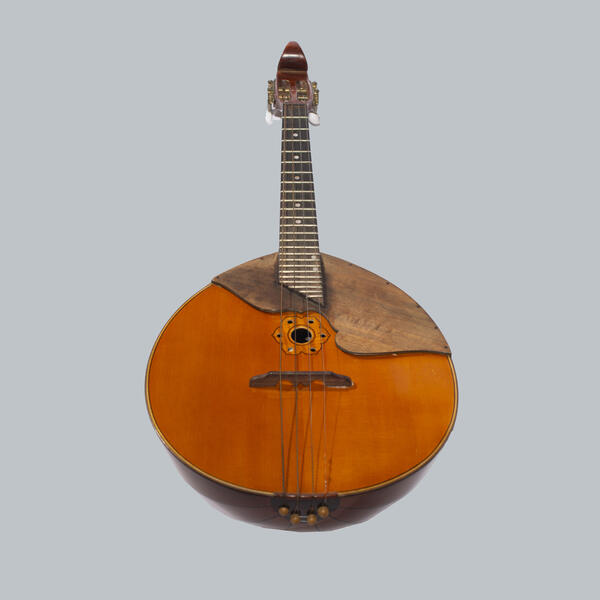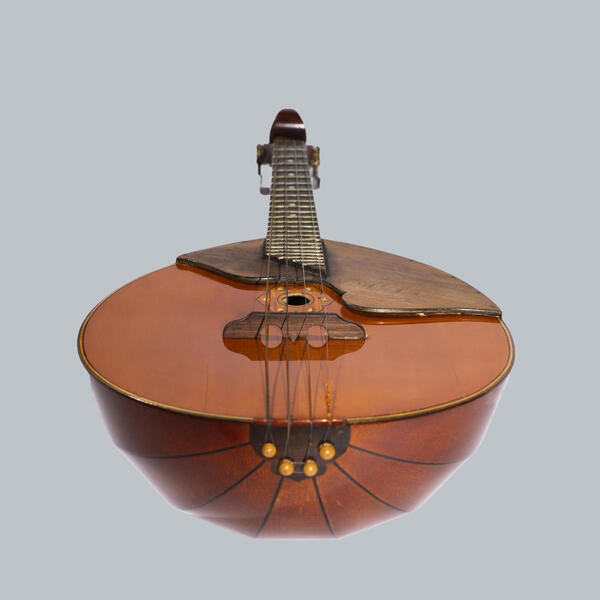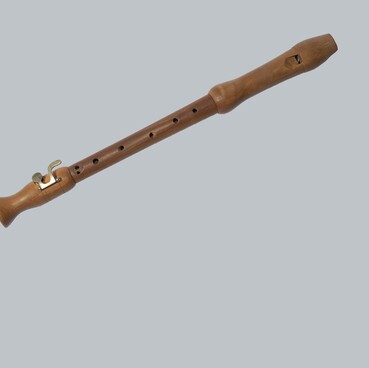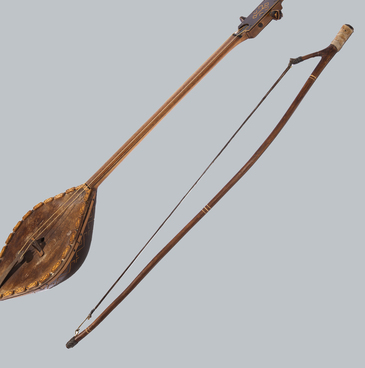Igor Yemelyanov (1930–1991) belonged to a dynasty of musical instrument makers which had been made famous by his father Vladimir Yemelyanov, Sergey and Matvey Burovs, and Yevgeny Grachev. Several generations of this family produced balalaikas, guitars, domras, and mandolins.
Having received initial training at his father’s workshop, Yemelyanov created his first four-string domra at the age of 17. The instrument was accepted by the Moscow Experimental Music Workshop. Yemelyanov worked there between 1947 and 1974 and later continued working with the Moscow Experimental Factory at home.
The craftsman’s wife Nina Yemelyanova recalled that he was a workaholic who did not tolerate any low-quality work and spent many hours at the workbench. Whenever possible, he would purchase old instruments, disassemble them, examine them in detail, and make improvements to his own products.
Yemelyanov specialized in making guitars, domras, and balalaikas of all kinds. He manufactured around two and a half thousand instruments for solo performers and orchestras. The craftsman took particular pride in his three- and four-string domras tuned in fourths and fifths respectively. The outstanding domra player Tamara Volskaya recalls that when Yemelyanov worked with individual musicians, he sought to find out what kind of sound the customer wanted for their instrument.
Tamara Volskaya owns three domras made by Yemelyanov. She notes that his instruments are distinguished not only by their clean and unique sound, but also by their noble shapes, careful finish, and the distinctive elegance of their curled heads.
The domra is one of the important instruments in the folk ensembles of Russia, Ukraine, and Belarus. The Russian folk instrument orchestra features one piccolo domra, more than four alto domras, between three and six bass domras, and up to 20 prima domras. The latter usually perform solos accompanied by the piano, bayan, or guitar.
Steel domra strings are most common, while the ones with a synthetic core are used less often. The silk wrapping around the third string gives the instrument a unique sound.
The displayed domra belonged to Gennady Ivanov
(1937–1993), a balalaika performer, a teacher at Barnaul Music College, a
leading domra expert in the Altai Krai, and an organizer of the region’s first
domra ensemble.
